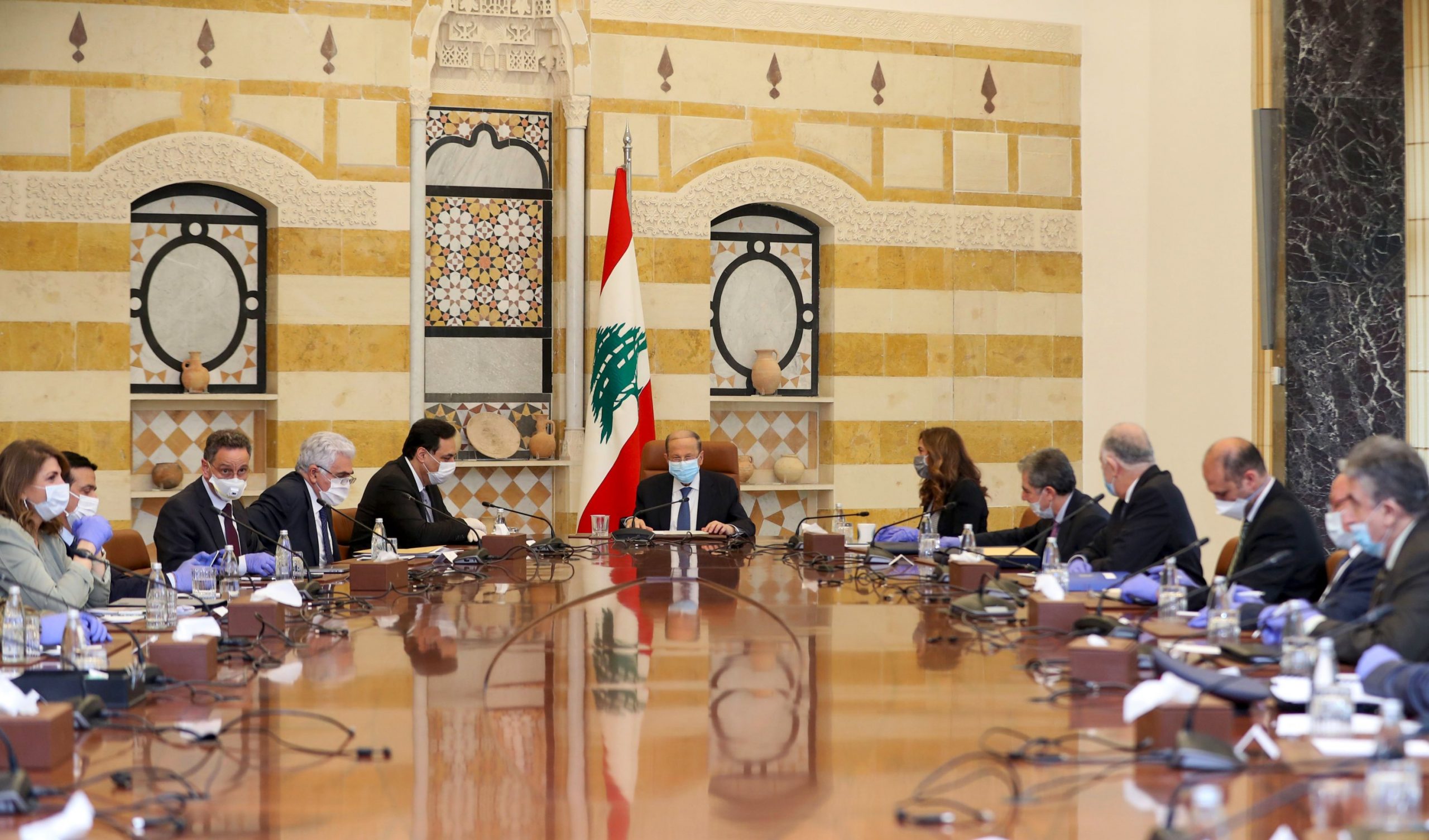The Lebanese government has approved an economic reform plan for digging the country out of a crisis seen as the biggest threat to its stability since the 1975-90 civil war, an official source said on Thursday.
The plan drawn up by Prime Minister Hassan Diab’s government comes as mounting hardship fuels a new wave of unrest. A protester was killed during rioting in Tripoli this week.
A lockdown to fight the coronavirus pandemic has added to the economic woes besetting the country, which include soaring inflation, a liquidity crunch and a plummeting currency. In March the cash-strapped government defaulted on its sovereign debt for the first time.
Leaks on the economic plan to Lebanese media suggest the country needs $80 billion in funds to exit the crisis, including $10 billion to $15 billion in external financing in the next five years. Planned reforms reportedly include cuts to state spending and a restructuring of the public debt, one of the highest in the world at 170% of gross domestic product (GDP).
The Mediterranean nation has been rocked by a series of political crises in recent years. An economic crunch helped set off unprecedented cross-sectarian mass protests in October and unseated the last government. The demonstrations had largely petered out after a new cabinet was tasked earlier this year with implementing urgent reforms to unlock billions in international aid. But protesters have hit the streets again in recent days in defiance of the lockdown, railing against a sharp devaluation of the pound and rocketing inflation. Prices have risen by 55%, while 45% of the population now lives below the poverty line, according to official estimates.
The government has yet to request financial assistance from the International Monetary Fund, which has so far only provided technical assistance. Experts have lobbied in favor of an IMF bailout which they say is the country’s only escape route from its current slump, but some officials remain wary of the world body.










Discussion about this post